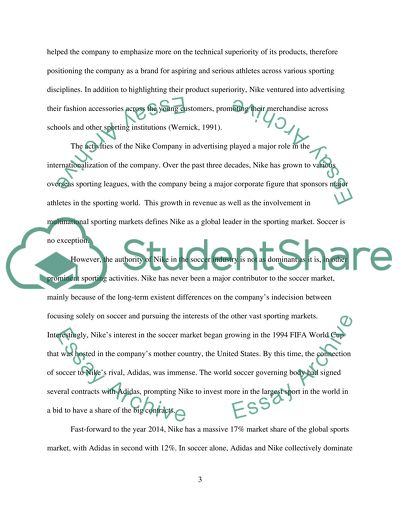Cite this document
(“A critical analysis of a recent PR, advertising or social media Essay”, n.d.)
Retrieved from https://studentshare.org/miscellaneous/1691775-a-critical-analysis-of-a-recent-pr-advertising-or-social-media-campaign
Retrieved from https://studentshare.org/miscellaneous/1691775-a-critical-analysis-of-a-recent-pr-advertising-or-social-media-campaign
(A Critical Analysis of a Recent PR, Advertising or Social Media Essay)
https://studentshare.org/miscellaneous/1691775-a-critical-analysis-of-a-recent-pr-advertising-or-social-media-campaign.
https://studentshare.org/miscellaneous/1691775-a-critical-analysis-of-a-recent-pr-advertising-or-social-media-campaign.
“A Critical Analysis of a Recent PR, Advertising or Social Media Essay”, n.d. https://studentshare.org/miscellaneous/1691775-a-critical-analysis-of-a-recent-pr-advertising-or-social-media-campaign.


